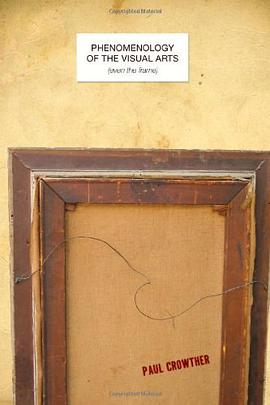Phenomenology of the Visual Arts
豆瓣
Crowther, Paul A.
简介
Why are the visual arts so important and what is it that makes their forms significant? Countering recent interpretations of meaning that understand visual artworks on the model of literary texts, Crowther formulates a theory of the visual arts based on what their creation achieves both cognitively and aesthetically. He develops a phenomenology that emphasizes how visual art gives unique aesthetic expression to factors that are basic to perception. At the same time, he shows how various artistic media embody these factors in distinctive ways. Attentive to both the creation and reception of all major visual art forms (picturing, sculpture, architecture, and photography), "Phenomenology of the Visual Arts" also addresses complex idioms, including abstract, conceptual, and digital art.
contents
“Title Page
Copyright Page
Table of Figures
Acknowledgments
Introduction
1 - Against Reductionism
2 - Figure, Plane, and Frame
3 - Pictorial Representation and Self-Consciousness
4 - The Presence of the Painter
5 - Sculpture and Transcendence
6 - The Logic and Phenomenology of Abstract Art
7 - The Logic of Conceptualism
8 - The Phenomenology of Photography
9 - Ontology and Aesthetics of Digital Art
10 - The Body of Architecture
Conclusion
Notes
Index
